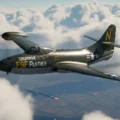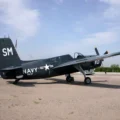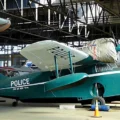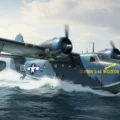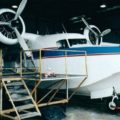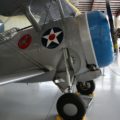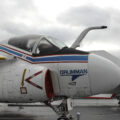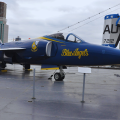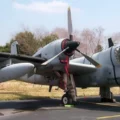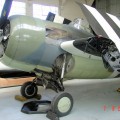Galleria fotografica di un Grumman S2F-1 Tracker,
The Grumman S-2 Tracker (previously S2F prior to 1962) was the first purpose-built, single airframe anti-submarine warfare (ASW) aircraft to enter service with the U.S. Navy. Designed and initially built by Grumman, the Tracker was of conventional design with twin reciprocating propeller engines, a high wing and tricycle undercarriage. The type was exported to a number of navies around the world. Introduced in 1952, the Tracker and its E-1 Tracer derivative saw service in the U.S. Navy until the mid-1970s, and its C-1 Trader derivative until the mid-1980s, with a few aircraft remaining in service with other air arms into the 21st century. Argentina and Brazil are the last countries to still use the Tracker.
fonte: Grumman S2F-1 Tracker su Wiki
Maggiori informazioni:
Le Grumman S-2 Tracker era un aereo bimotore ad elica progettato per missioni di guerra antisommergibile (ASW). È stato il primo aereo del suo genere a combinare sensori di rilevamento e armi in un'unica cellula, rendendolo più efficiente e versatile del suo predecessore, il Grumman AF Guardian. Il Tracker entrò in servizio con la Marina degli Stati Uniti nel 1954 e fu esportato anche in diversi altri paesi, tra cui Canada, Australia, Giappone e Argentina. Il Tracker aveva un equipaggio di quattro persone, un'ala alta che poteva essere ripiegata per essere riposta sulle portaerei e un carrello di atterraggio triciclo. Era equipaggiato con un radar di ricerca, un rilevatore di anomalie magnetiche, sonoboe e vari tipi di siluri, bombe di profondità e razzi.
Le Localizzatore aveva una velocità massima di 404 km/h, un'autonomia di 1.400 km e un tetto di servizio di 6.900 m. Il Tracker fu prodotto in diverse varianti, come il WF Tracer (in seguito E-1 Tracer), che aveva un grande radome per l'allerta precoce aerea, e il TF Trader (in seguito C-1 Trader), che fu utilizzato per la consegna a bordo della portaerei. Il Tracker è stato ritirato dalla Marina degli Stati Uniti nel 1976, ma alcune versioni sono rimaste in servizio con altre forze aeree fino al 21 ° secolo.


